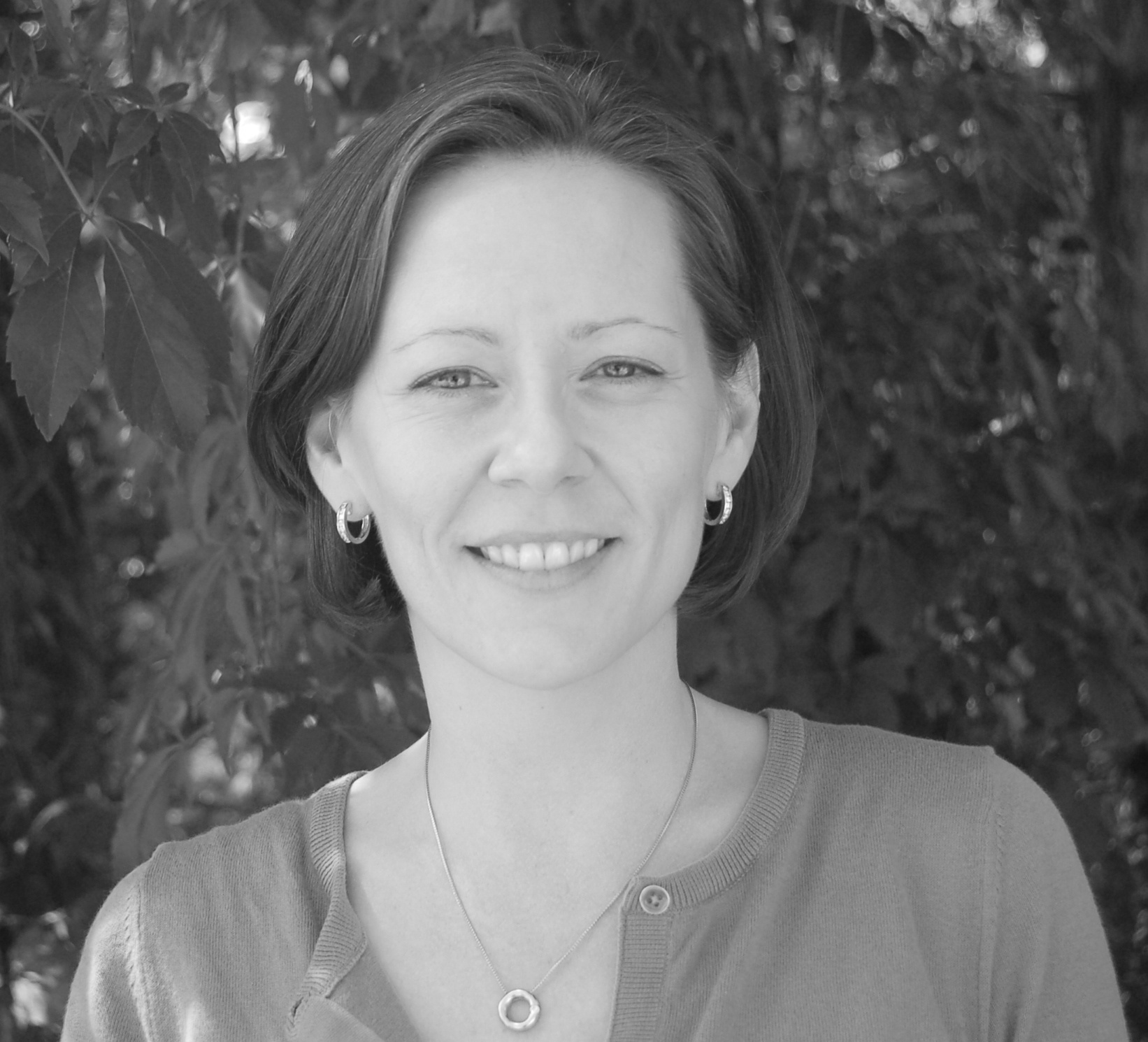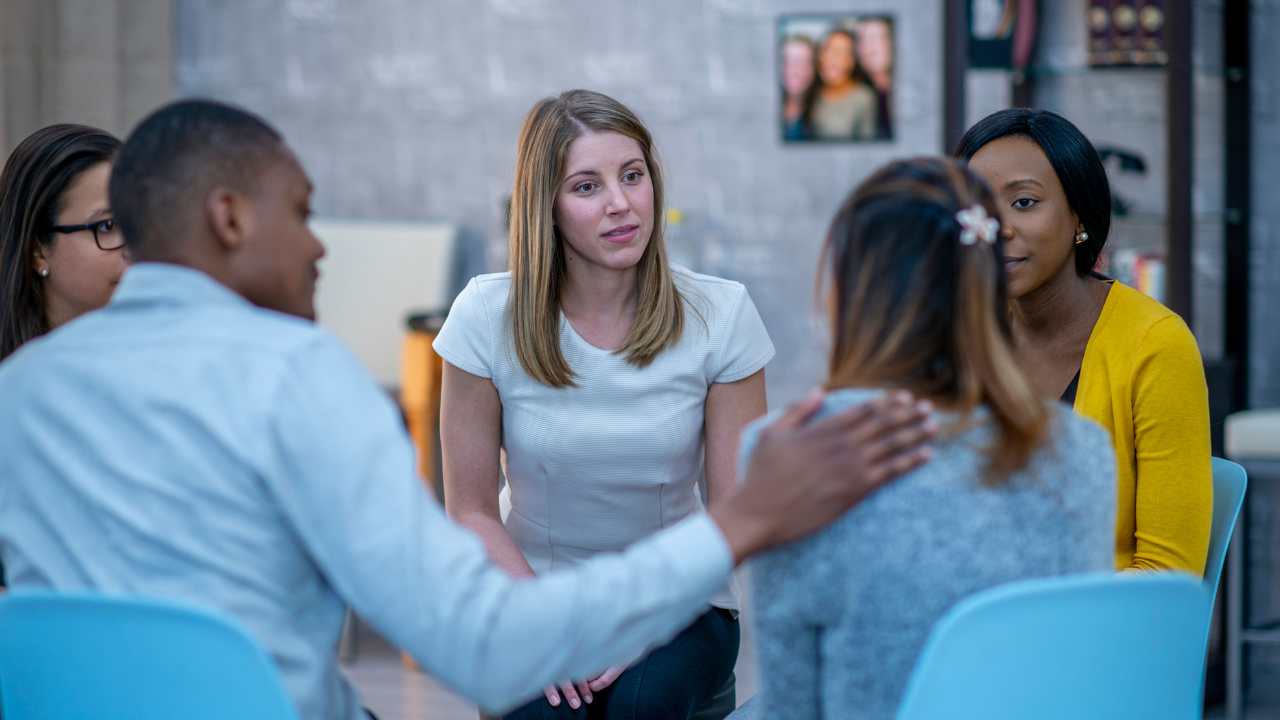I am fortunate to have had the opportunity to attend Tamarack’s Asset-Based Community Development for Healthy Neighbourhoods event this week. We gathered at Kitchener’s beautiful Victoria Park Pavilion in decidedly unspring-like weather conditions for this three-day gathering of community builders from across the country. The program featured two of the world’s top trainers in Asset-Based Community Development (ABCD), John McKnight and Cormac Russell, among others.
While settling in and enjoying morning coffee and tasty baked goods from The Working Centre’s Queen Street Commons, we were welcomed by Kitchener’s energetic Mayor Vrbanovic. Then Tamarack’s Paul Born and Heather Keam, and event speakers Al Etmanski, Cormac Russell and John McKnight primed participants with opening remarks, contextual information and morning ice-breakers. We also heard two interesting stories of ABCD in action where Chantile Shannon from the City of Edmonton and Alison Pearson from the Children and Youth Planning Table of Waterloo Region shared some of the ABCD work they do in their communities. It was a great lead-up to the event’s opening keynote address from Cormac Russell.
Community: Where ordinary people go to do amazing things
Cormac opened by saying that his curiosity is not about how we find a model for building better communities but simply how people can be better at being human together to create community change. He explained that the challenge in this work is that we are working in a backdrop where people are used to doing their work in silos – where ineffective solutions can easily result from good intentions gone wrong. As, Cormac pointed out to the laughter of the crowd, silos are where smart people go to do dumb things; communities are where ordinary people go to do amazing things.
Cormac told us the contradictory stories of two rural Australian communities, each experiencing similar challenges. One of the towns was struggling due to a lack of connection among its members and believed that things would only get better with help from outside of itself. Overtime, this reliance on external sources of support led to feelings of helplessness and hopelessness and the community was slowly dying. The other town told a very different story even though it had the same environment, population, economic realities and challenges. This community took the stance that the cavalry was not coming to rescue them and instead solved its problems by strengthening itself from within. This small town created a community bank and is quite literally building the equity to reinvest in the ideas and energy of its citizens.
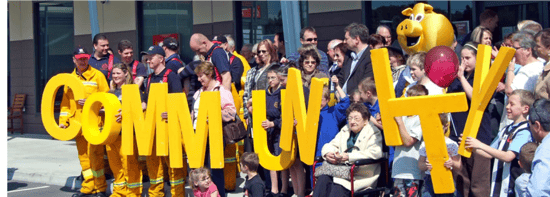
Choosing discovery over delivery
These contradicting stories illustrate the power of helping people get in touch with the assets of their community. Instead of working out a model of what we need to deliver to add value, those of us at institutions should let go of our agendas for a while and start a conversation about what we need to discover. If we go into the places we serve with curiosity and humility and try to understand the gifts and strengths that already exist, we can create space to enable local people to come together and figure out what they want to produce that is of value.
Here, Cormac referred to the essential building blocks or ingredients of ABCD (see below) and invited us to ponder over the next three days: What are those ingredients in a place and how might we support local communities to discover and connect those ingredients in ways that are more powerful and productive, and create a shared vision for community change?
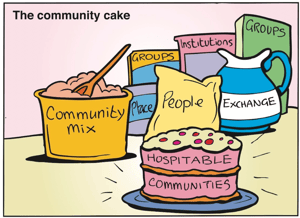
- Individuals: The skills of local residents
- Associations: The power of local social networks
- Institutions: The resource of public, private and non-profit institutions
- Physical Assets: The physical and economic resources of local places
- Connections: The relationships and exchange between people
Is the glass half empty or half full? Trick question - it’s both! Cormac explained that the question is actually: Where we are going to start the conversation? We often begin with asking people what they are miserable about, often in the form of the needs assessments we are so familiar with. If we want change, then we’ve got to change the conversation. When we start with what is wrong and not what is strong, and not with a commitment to discovery, then we inflate ourselves and deflate the people we're working with. And we do harm.
“It’s a misuse of our power to take responsibility for solving problems that belong to other people.” - Peter Block
Instead, what we want are conversations that enable local people to develop relationships and together identify their gifts and how they could use them to mobilize and come up with their own solutions. Then, once they know that, they can discuss what might be possible with a little additional help from outside and give authority to institutions to serve them in ways that are legitimate and valued.
Cormac proposed that if the goal in creating a better future is to figure out how to join together to create a vision and achieve it, then we have what we need if we connect what we have. These building blocks of healthy communities exist in every community and it is our job to help discover them. He cautioned though not to think of it as harnessing a community’s assets for our own use, but to support citizens to connect and mobilize these assets for their own use.
Exploring the crossroads
After the keynote presentation, we organized into small groups for learning lab discussions. In setting up for our learning labs, Cormac presented the concept of the To–For–With–By crossroads:
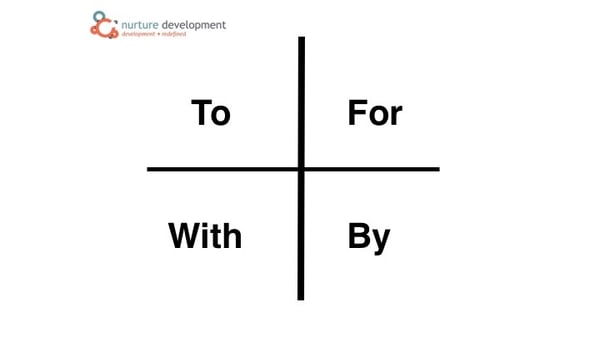
To help clarify this idea of the crossroads, Cormac referred to the familiar proverb “Give a person a fish and you feed them for a day. Teach them to fish and you feed them for a lifetime.” Using this example:
Doing TO would be to identify there is a problem and treating the person with an injection of cod liver oil.
Doing FOR would be to catch the fish for them.
Doing WITH would be to teach the person to fish.
Doing BY would be to have a conversation to support them in finding their own solution, for example dealing with the water contamination that is preventing them from fishing in the first place.
Cormac likened doing to or for people to the charity model where we try to rescue those with misfortunes. Even doing with people can be harmful and he suggested that there is a fourth way: doing by. This is showing up in a way that is not supportive or directive, but where we enable people and communities to help themselves.
Cormac tasked each learning lab group to reflect upon and discuss: Where are we at in our work and how do we show up to help? My own background is in population-based health promotion and while I have done a fair bit of work at the community level, I was keen to hear the perspectives from those with a great deal of experience in community development. Here are a few:
- One of the members from my group pointed out that these four quadrants of the crossroads are very familiar to many of us doing work in communities, particularly doing for or with These approaches, however, take a lot of time, effort, and resources and will inevitably lead to burnout. For sustainable efforts, we need to start with the by – look at what everyone can bring to the table and then see what we can add to help.
- Our group discussed how we experience uncertainties knowing how to take the by. It often isn’t clear, particularly when working with groups that are new to us, and even with the best intentions, it can be challenging and time-consuming to navigate this path.
- We also observed that these quadrants of the crossroads don’t just exist in community development work, but are universal to all relationships where power dynamics are at play – in the way that governments govern, how parents raise their children, how companies are managed, and so on.
The packed room was energized with conversation and even after lunch arrived, groups continued their dialogue. The morning program went by quickly and I found myself wishing for more time. Happily it was just Day 1 and we would have two more days to learn together and hear more from Cormac Russell, John McKnight and the event’s other speakers.
For more from Cormac Russell, check out his TEDx Exeter Talk, Sustainable Community Development: From what's wrong to what's strong at https://youtu.be/a5xR4QB1ADw.
